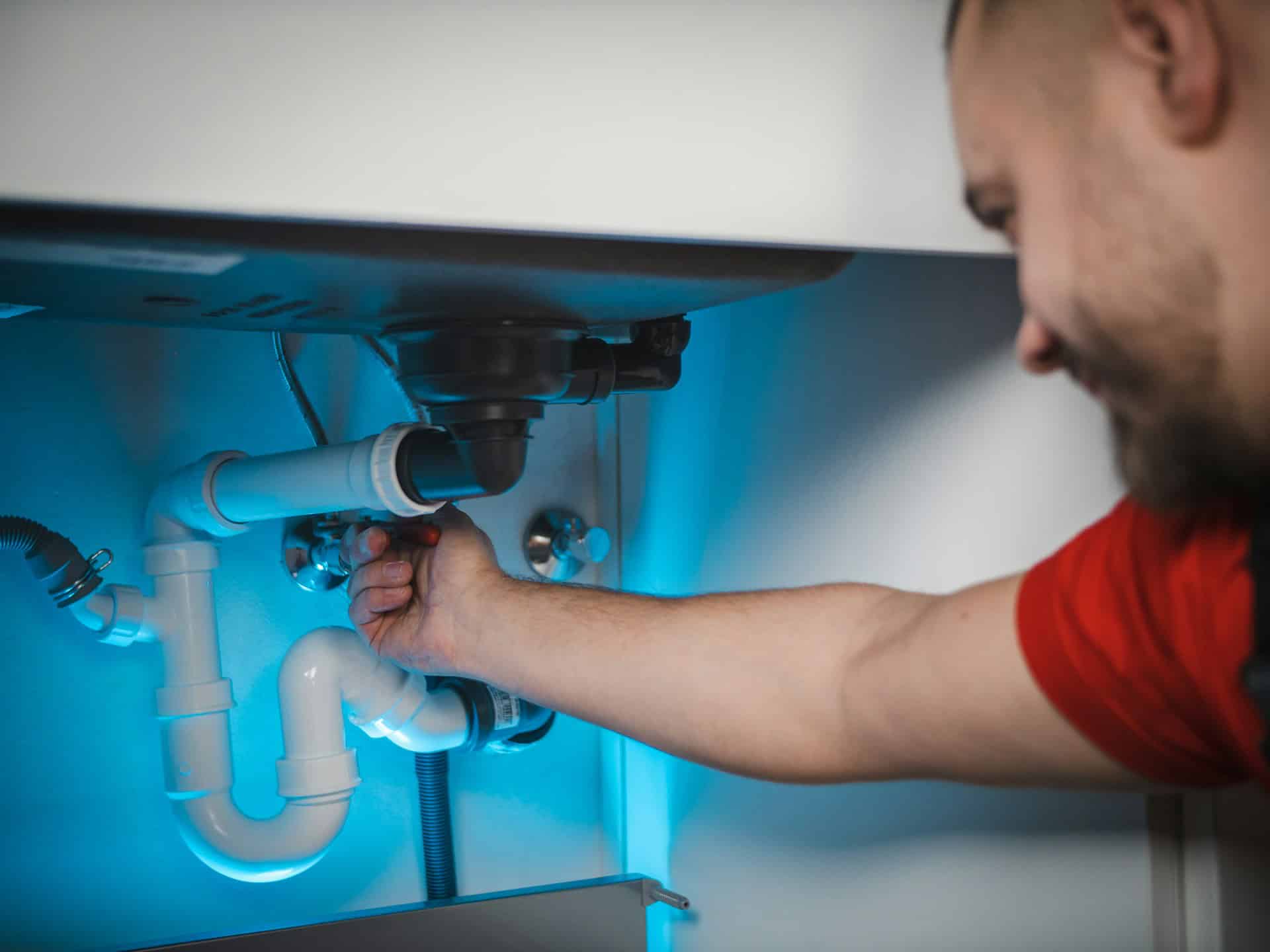
Question: Is Kitchen Plumbing Connected to Bathroom Plumbing?
Answer: Yes, kitchen plumbing is usually connected to bathroom plumbing. Both are typically connected to the main water supply line and often share drain lines, though separated by traps to prevent cross-contamination of gases.
Understanding Your Home’s Plumbing System
Many homeowners wonder about the relationship between their kitchen and bathroom plumbing. This common question arises from a desire to understand how water flows through their homes. Knowing this information can be helpful for troubleshooting issues and planning renovations.
Is Kitchen Plumbing Connected to Bathroom Plumbing?
Yes, kitchen and bathroom plumbing typically connect. They both join a home’s main water supply line and this line delivers fresh water to all fixtures. Wastewater from both the kitchen and bathroom also flows into a shared drainage system.
This shared system does not mean water flows between your kitchen and bathroom fixtures. Separate pipes carry wastewater from each fixture to the main drain. This separation prevents cross-contamination.
Click here for more information on cabinet refacing near me Toronto
Related Article: Is It Easy to Move Kitchen Plumbing?
Related Article: What Plumbing is Needed for a Kitchen?
Shared Drain Lines and Venting
While kitchen and bathroom fixtures have separate drain lines, they eventually connect to shared drain lines. These shared lines carry wastewater to the main sewer line. The venting system also plays an important role. Vents prevent pressure buildup and allow wastewater to flow smoothly. They also prevent sewer gases from entering your home.
Potential Plumbing Problems
A clogged drain in one fixture can sometimes affect others. If a shared drain line becomes blocked, wastewater might back up into other fixtures connected to that line. A slow drain in your kitchen sink could indicate a problem further down the line, potentially affecting your bathroom plumbing as well. Regular maintenance helps prevent such issues.
Clogs
Hair, grease, and soap buildup cause most clogs. Regular cleaning helps prevent these blockages.Leaks
Leaks can occur in pipes, fixtures, or connections. Promptly addressing leaks can prevent water damage and wasted water.Low Water Pressure
Low water pressure can indicate various problems, including mineral buildup in pipes or a problem with the main water supply.
When to Call a Plumber
While some plumbing tasks are DIY-friendly, others require a professional. If you experience persistent clogs, leaks, or low water pressure, contact a licensed plumber. A plumber possesses the knowledge and tools to diagnose and resolve complex plumbing problems effectively.
Conclusion
Understanding your home’s plumbing system provides insights into its functionality. Recognizing the shared connections and individual pathways of your kitchen and bathroom plumbing helps in maintenance and troubleshooting. While these two areas share connections to the main water and drain lines, they operate through distinct pipe systems. Remembering this interconnectedness helps in preventing issues and maintaining a smoothly functioning home plumbing system. If you encounter problems beyond simple fixes, consulting a qualified plumber is always the best course of action. [ 1 ]
References
1. https://www.angi.com/articles/is-kitchen-sink-connected-to-bathroom.htm

Blue Malue Get in touch with Blue here.
